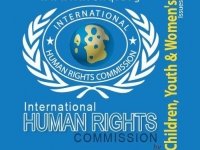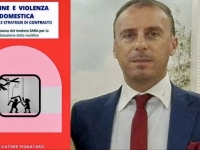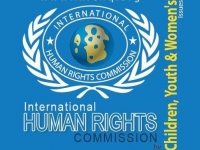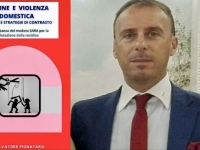News
Women and domestic violence Contrast analysis and strategies
The parable of Italian democracy
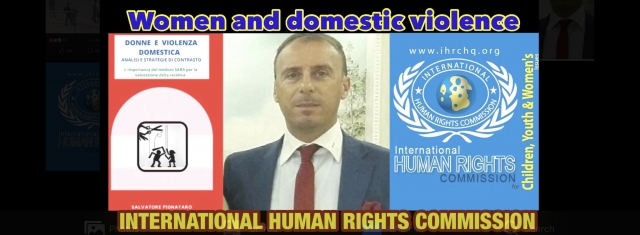
IHRC (Source: Ak)
USPA NEWS -
“Women and domestic violence. Contrast analysis and strategies ".
The new book by Salvatore Pignataro. The new book of university interest “Women and domestic violence. Contrast analysis and strategies. " written by doctor Salvatore Pignataro. The publication comes out of the study of the dynamics of violence, of the typologies and precisely of the possible contrast strategies. In particular, the importance of the SARA method (the assessment of the risk of recidivism in cases of interpersonal violence) introduced in Canada in 1995 and object of study in the field of investigative criminology is emphasized. The publication is enriched by the preface by Dr. Antonio Guerriero Chief Prosecutor of the Republic of Frosinone and by the presentation by Prof. Irene Strazzeri, professor of sociology at the University of Salento (Lecce).
The new book by Salvatore Pignataro. The new book of university interest “Women and domestic violence. Contrast analysis and strategies. " written by doctor Salvatore Pignataro. The publication comes out of the study of the dynamics of violence, of the typologies and precisely of the possible contrast strategies. In particular, the importance of the SARA method (the assessment of the risk of recidivism in cases of interpersonal violence) introduced in Canada in 1995 and object of study in the field of investigative criminology is emphasized. The publication is enriched by the preface by Dr. Antonio Guerriero Chief Prosecutor of the Republic of Frosinone and by the presentation by Prof. Irene Strazzeri, professor of sociology at the University of Salento (Lecce).
In the volume there are also three introductory interventions by the criminal lawyer Giovanna Perna Regional President of the Italian Criminal Chambers Union Prison Observatory (Campania), by the Hon. Prof. Guido Milanese Neuropsychiatrist and by dr. Giuseppe Lodeserto (President of the Forensics Group) Computer Forensics Analyst & Digital Investigation Expert. The volume was highly appreciated especially in the academic, institutional and qualified operators of forensic sciences, in the preface, the Chief Prosecutor of the Republic of Frosinone dr. Antonio Guerriero writes: ““ Doctor Salvatore Pignataro's publication deals, with extreme clarity, the types of violence and methods for assessing the risk of recidivism of criminal conduct.
In particular, the study focuses on the S.A.R.A. for the "assessment of the risk of interpersonal violence", this method is based on twenty risk factors including: criminal record, history of violence, social functioning and adaptation, as well as the mental health of the perpetrator and the conditions of fragility of the victims.
Any initiative that can contribute to increasing a widespread culture capable of preventing every person, woman or man, from being subjected to systematic acts of violence is worthy of support. - continues the Prosecutor - We can certainly say that Dr. Salvatore's study Pignataro is part of these commendable initiatives, helping to raise public awareness on such a delicate, so urgent, but above all so important issue. " Doctor Salvatore Pignataro, investigative criminologist, specialist in intelligence, security and criminology specializes in Digital Forensics.
He has carried out numerous studies not only on interpersonal violence but also on integrated urban security. Professor of public and private bodies as well as universities in the field of security, intelligence and investigation techniques. The other publications of Doctor Salvatore Pignataro are: “The parable of Italian democracy.
From representation to representation. ", Intelligence today. Intelligence in the field of national security "and investigation and analysis techniques of the main criminal phenomena.
Official Patronage IHRC and Secretary General IHRC
Liability for this article lies with the author, who also holds the copyright. Editorial content from USPA may be quoted on other websites as long as the quote comprises no more than 5% of the entire text, is marked as such and the source is named (via hyperlink).

